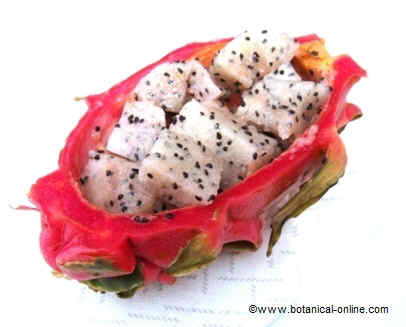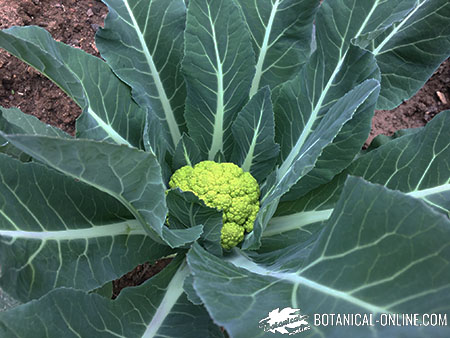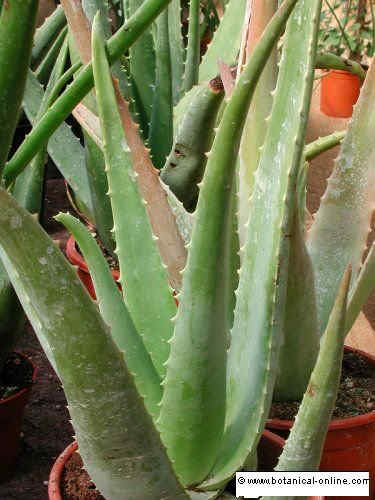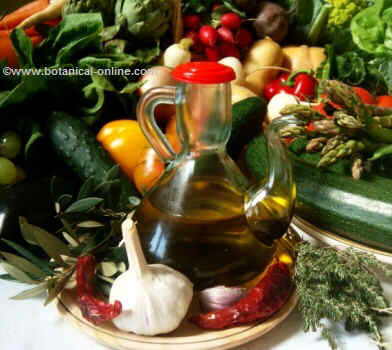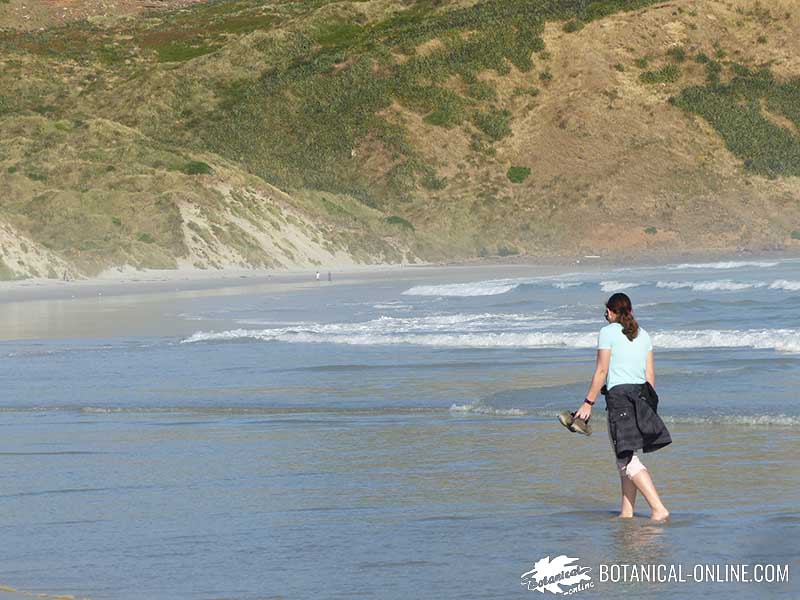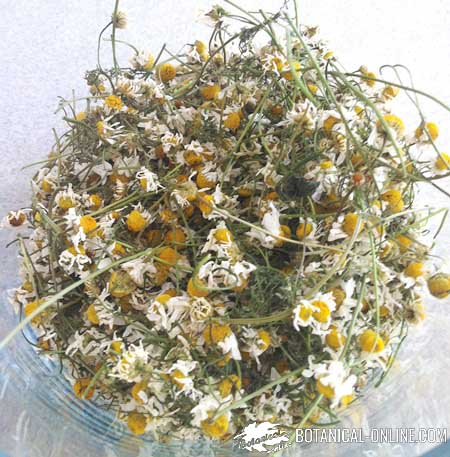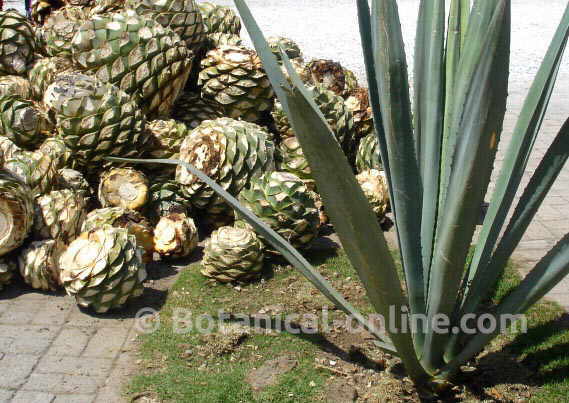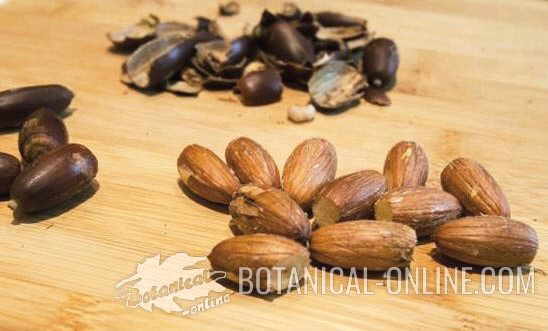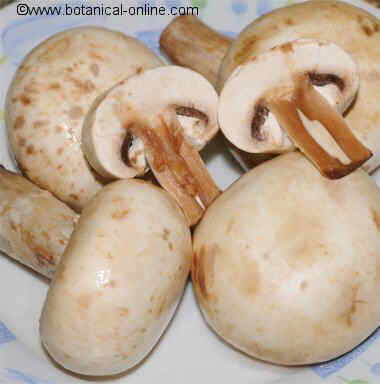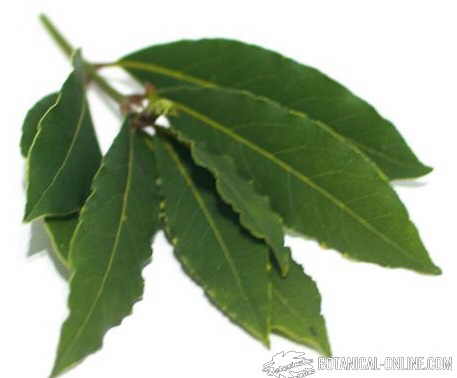Botanical online
The World of the Plants
Featured articles
Last news
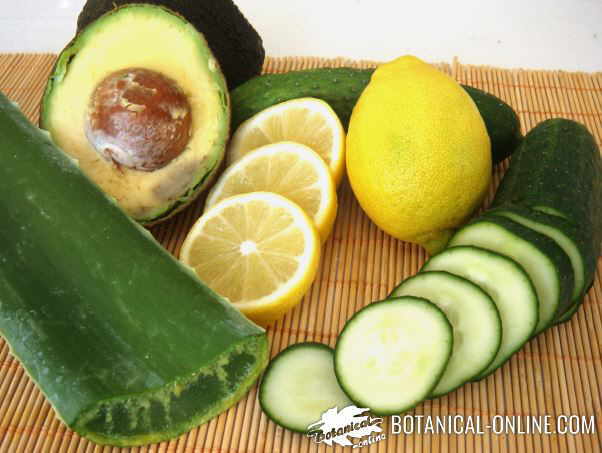


Benefits of natural cosmetics
Natural cosmetics consists of the use of cleaning and skin care products that serve to protect, beautify and keep it healthy and in good condition. These products are normally obtained from plants, such as aloe (Aloe vera) or from minerals, such as clays.
31-08-2025
Cosmetic
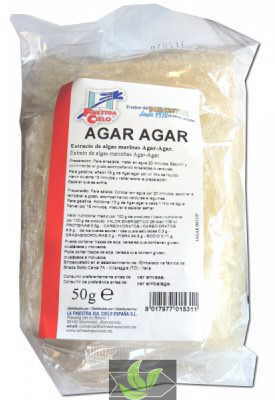


Properties of thickeners and gelling agents
These additives are responsible for maintaining or improving the physical properties of the food, such as its texture or viscosity. Uses of thickeners and gelling agents. What foods contain thickeners and gelling agents? Featured thickeners and gelling agents
19-08-2025
Food


